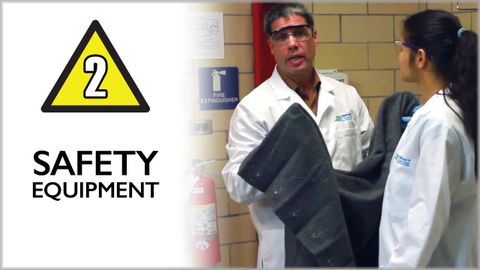
字幕與單字
安全設備 / 實驗室安全視頻第二部分 (Safety Equipment / Lab Safety Video Part 2)
00
kuoyumei 發佈於 2021 年 01 月 14 日收藏
影片單字
work
US /wɚk/
・
UK /wɜ:k/
- n. (c./u.)成品;工作的成果;產品;作品;工作;職業;工作(場所);(工作等的)成果
- v.t./i.起作用;行得通;運轉;運作;運行;活動;起作用;有效用;(機器等)運轉;活動
- adj.工作相關的
A1 初級多益初級英檢
更多 使用能量
解鎖所有單字
解鎖發音、解釋及篩選功能
